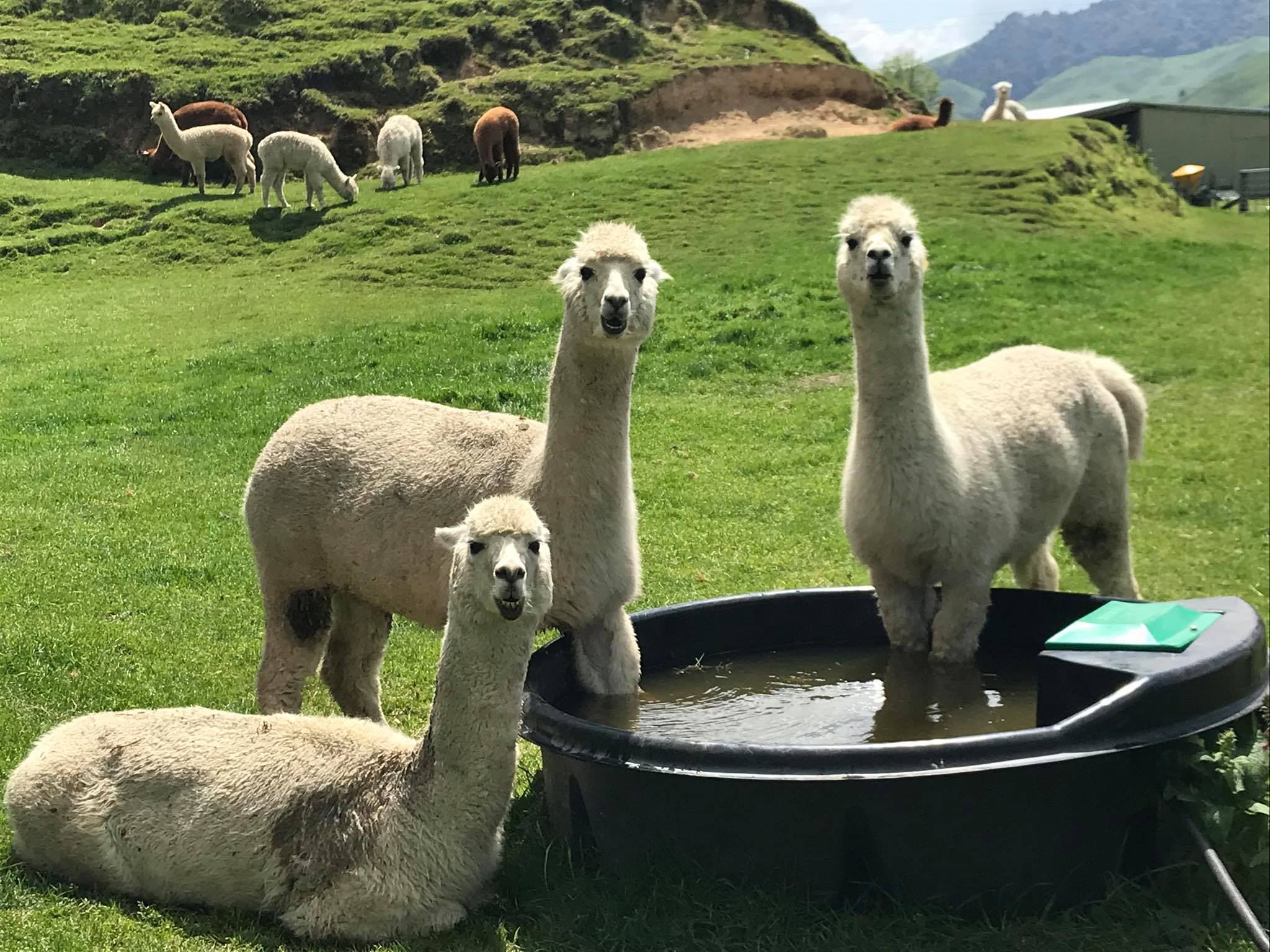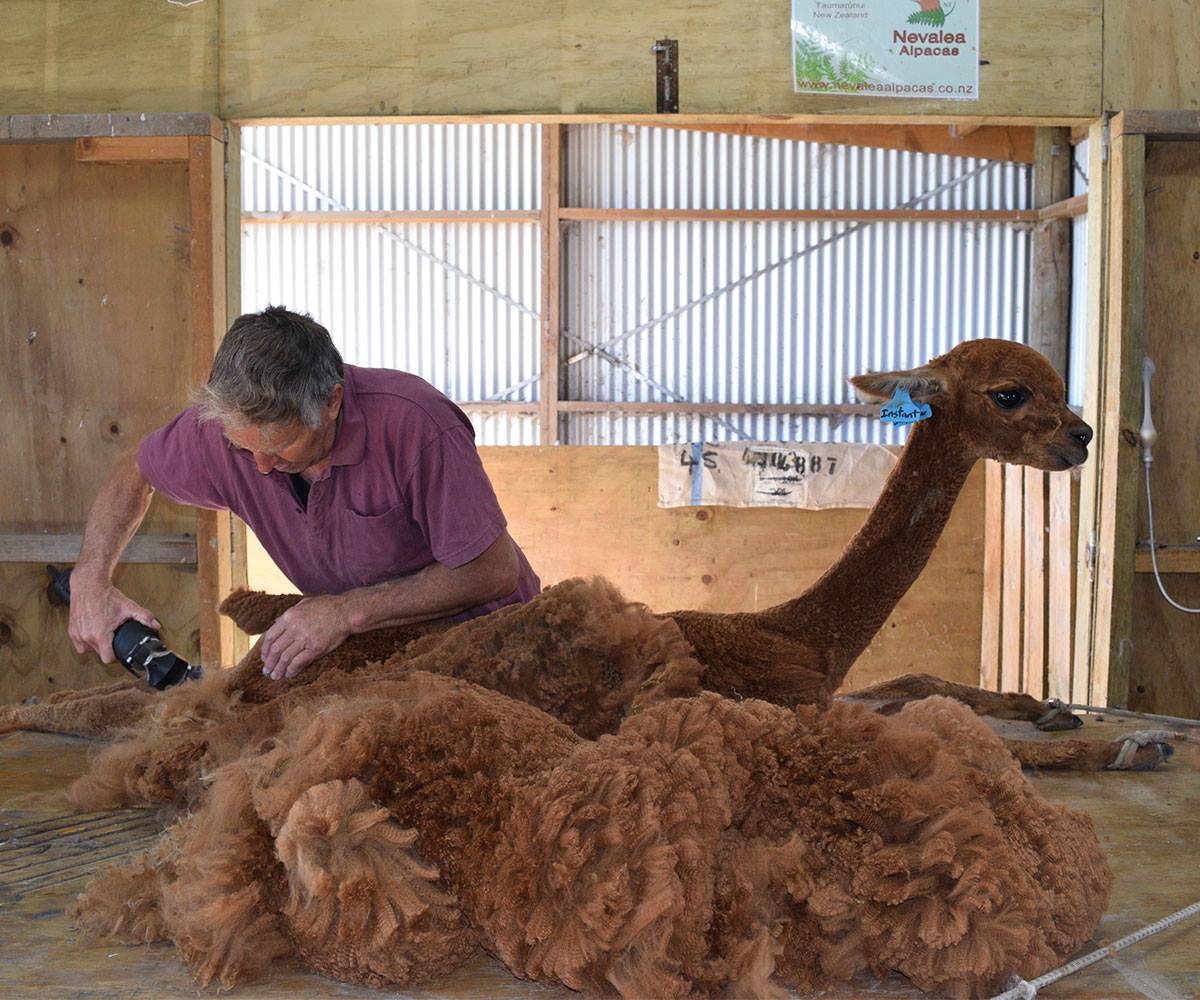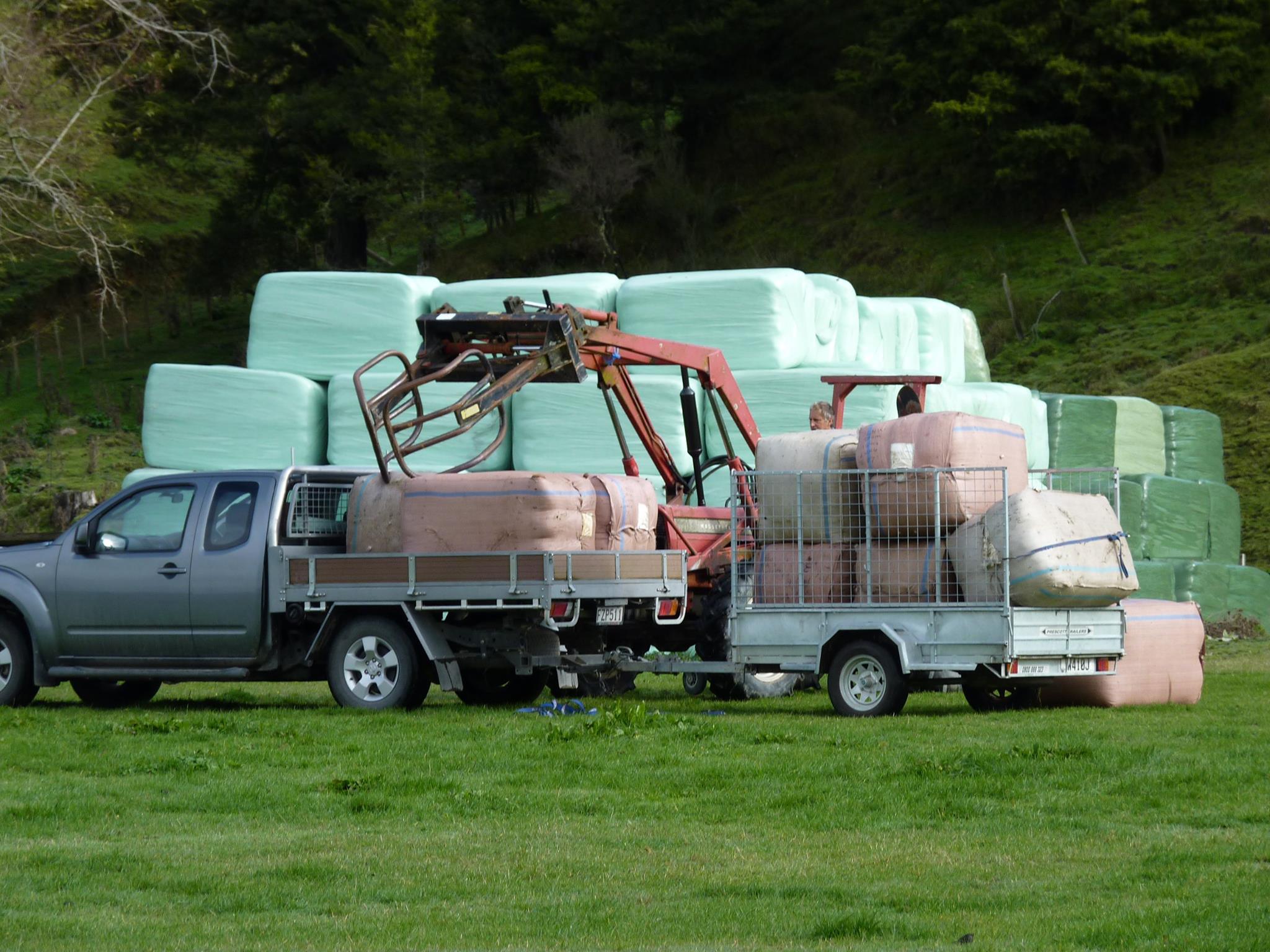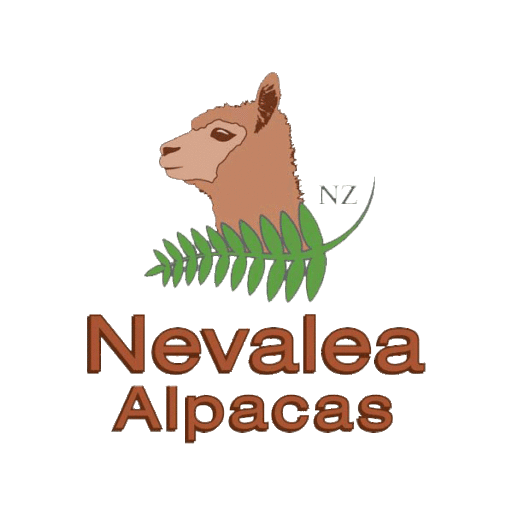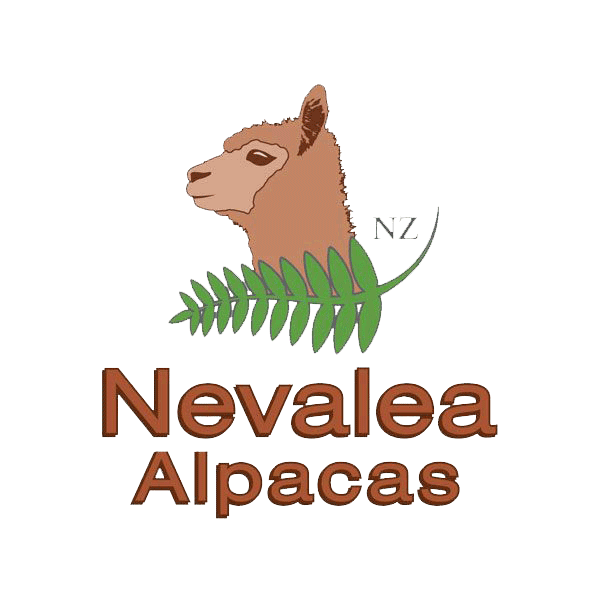So you are thinking about farming alpacas
Alpaca were first imported to New Zealand in the late 1980s from Chile. Alpacas are related to camels, Llamas, vicunas and guanacos. Alpacas have been valued for their soft luxurious fleeces for generations, indeed their fleece has been called ‘the fibre of the gods’. Alpacas are also relatively easy to care for and are inquisitive animals.
How Many Alpacas Can I Farm: Alpaca are very efficient converters of pasture and from the point of view of nutrition, can be farmed quite intensively. Five to seven animals/acre is generally accepted as a guideline for alpacas. These stocking rates assume good quality pasture that contains sufficient minerals and a variety of grasses and shrubs to maintain alpaca health.
Alpaca can be farmed more intensively (increasing the stocking rate), however this requires more attention to internal parasites, communicable diseases and possible mineral and vitamin deficiency, and may require a more secure level of fencing.
Smaller herds, and smaller blocks (of less than 5 acres) can reduce the stocking rates, to allow for separation of animals (e.g. females separated from herd sires) and rotation of stock.
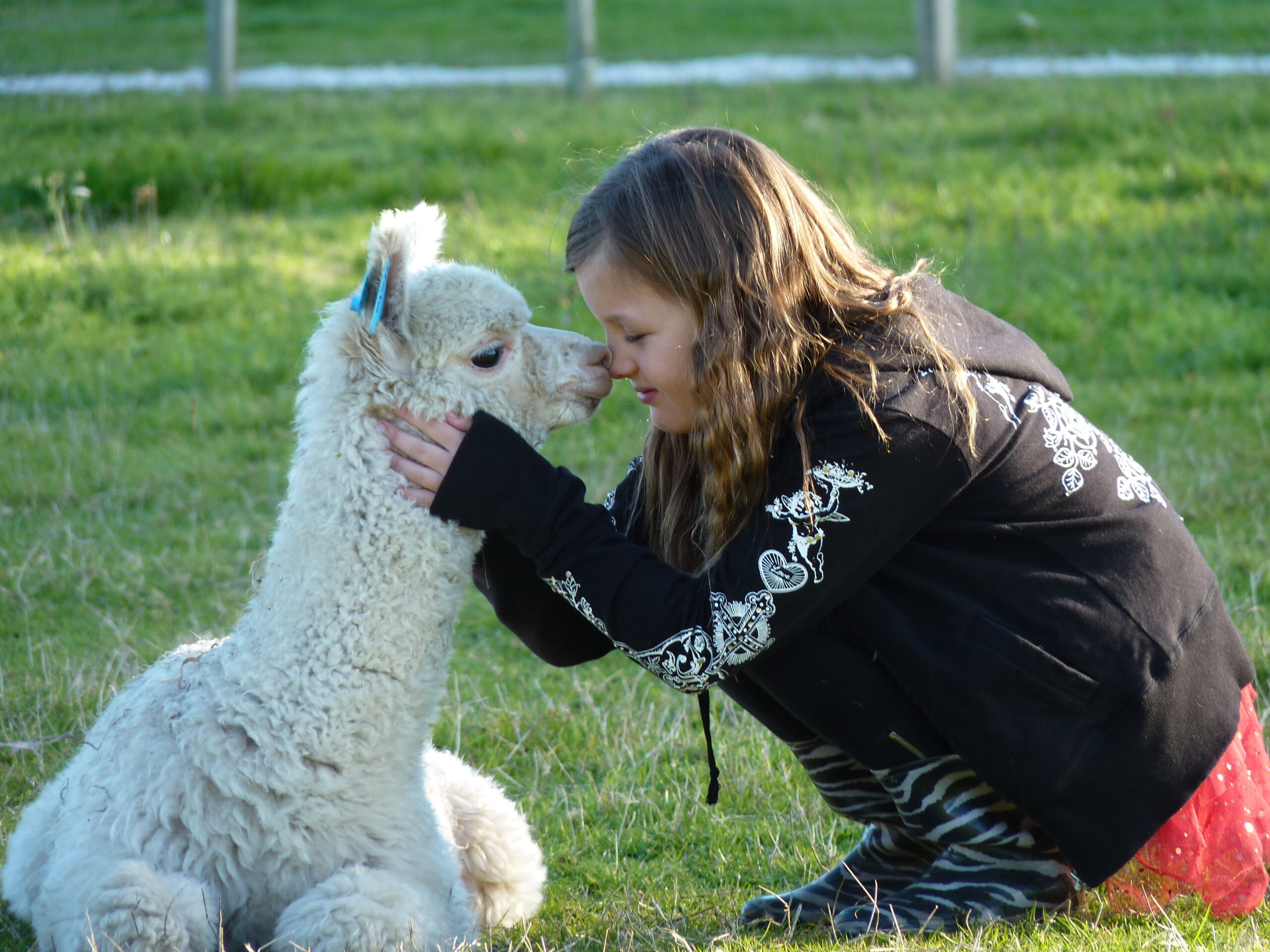

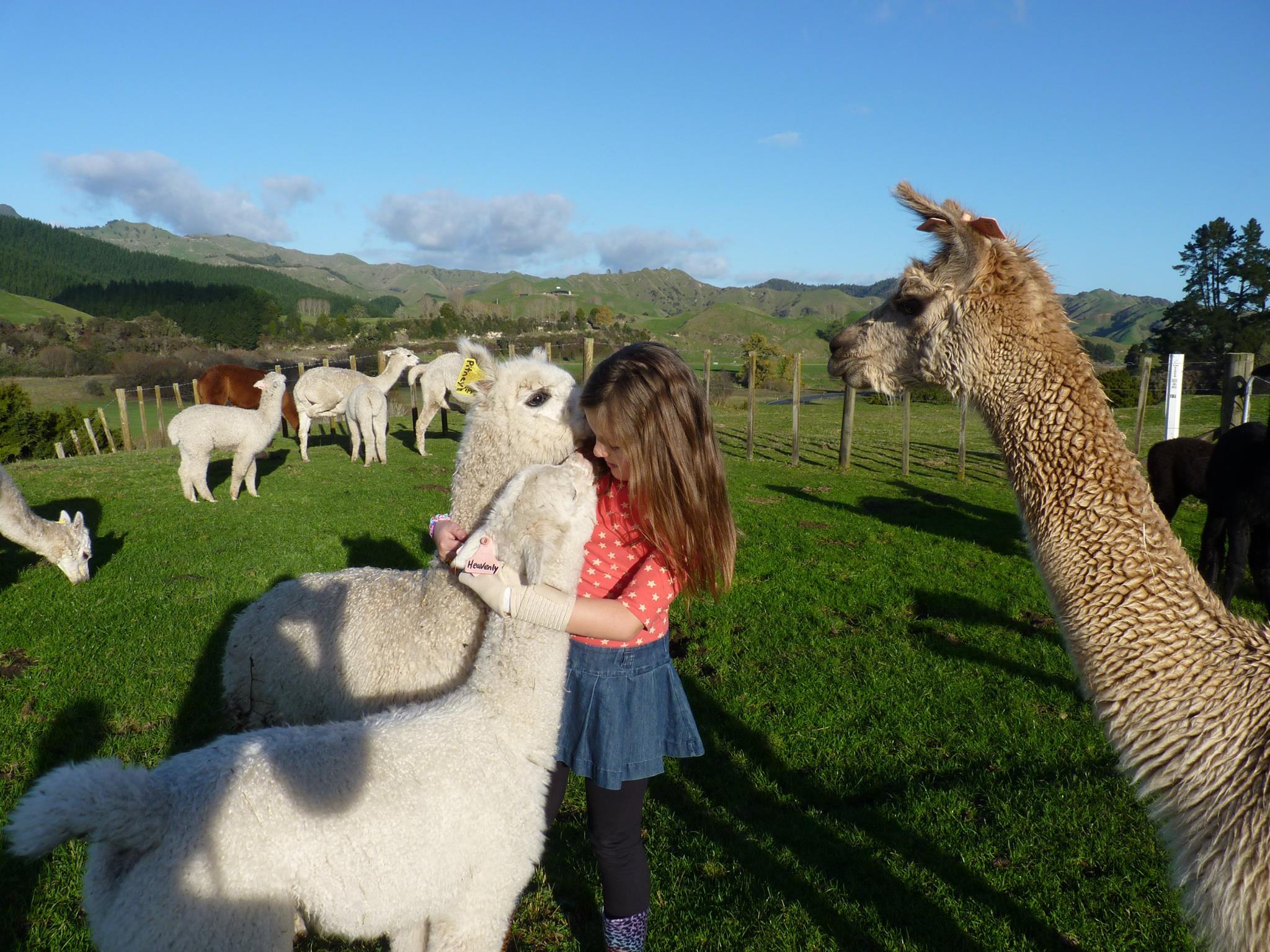
What Sex of Alpaca should I farm: This depends on why you are farming alpacas, if you have a small lifestyle block and you are not interested in breeding alpacas, a castrated male is generally the preferred option. By buying a castrated male you don’t have to worry about your alpaca being interested in female alpacas, they are generally more gentle and lower in price.
If you are interested in breeding alpacas, then starting with pregnant alpacas could be a good place to start, you won’t have to worry about a male at the start of your alpaca journey. But you do need to consider if you have enough grass for the mother and the baby when it arrives. If you are going to buy males you will need to keep them separated from the female alpacas. There are options where you can use another farms males to service the females and not actually have a male on site, which is sometimes an easier option if you only have a small place and a couple of female alpacas.
What type of fencing is required for alpacas: Alpacas rarely challenge fencing, normal sheep fence is acceptable about 1.2metres high, alpacas are good jumpers, but they don’t tend to jump unless there is a threat they are trying to escape from. Permanent and temporary electric fences are not recommended as the alpacas fleece makes them insulated so they do not feel the electric fence and can get themselves tangled, so best not to use.
Do I need a pen: It is necessary to have a catch pen or yards to enable you to carry out many of the routine tasks associated with managing your alpacas, e.g carrying out regular health checks, giving vaccinations, worming, halter training, and shearing, etc.
Is a shelter required: Just like other animals, alpacas do require shade, either natural shade like a tree where they can get out of the sun or shelter from stormy weather. If you don’t have any established trees, you can build a shelter, ensure that you build it big enough to fit all your alpacas in it. Trees are the best shade solution but must be protected when they are young. Alpaca can ring bark young trees and softer-barked mature trees such as willows.
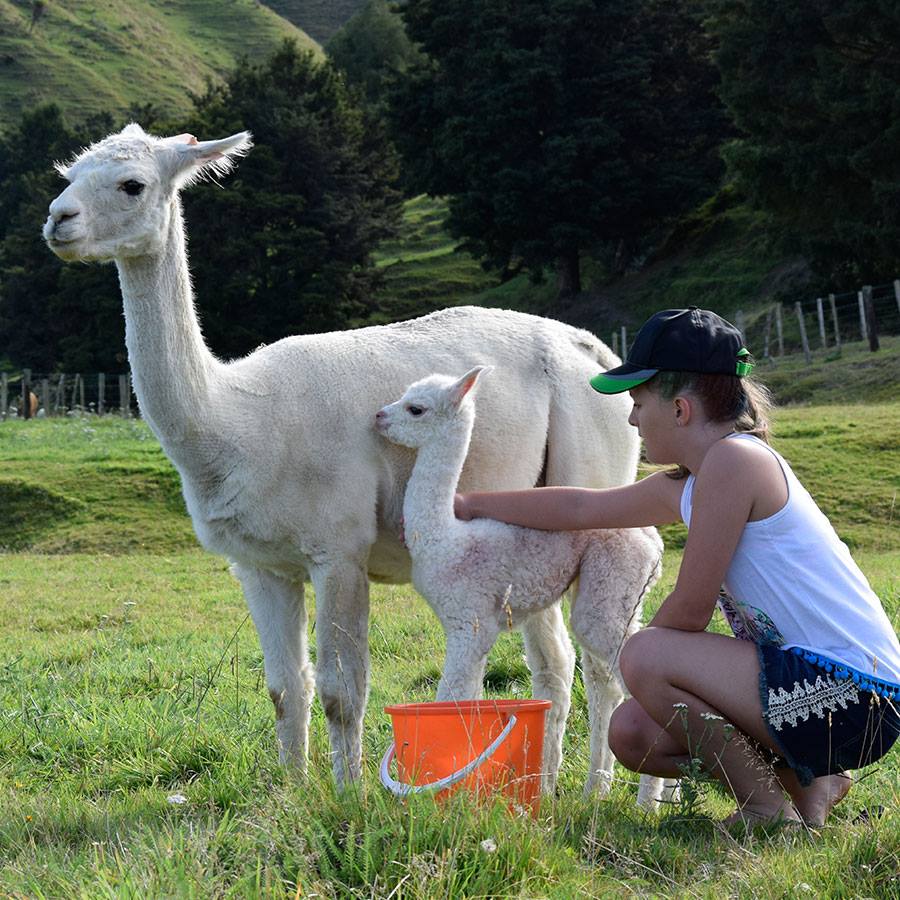
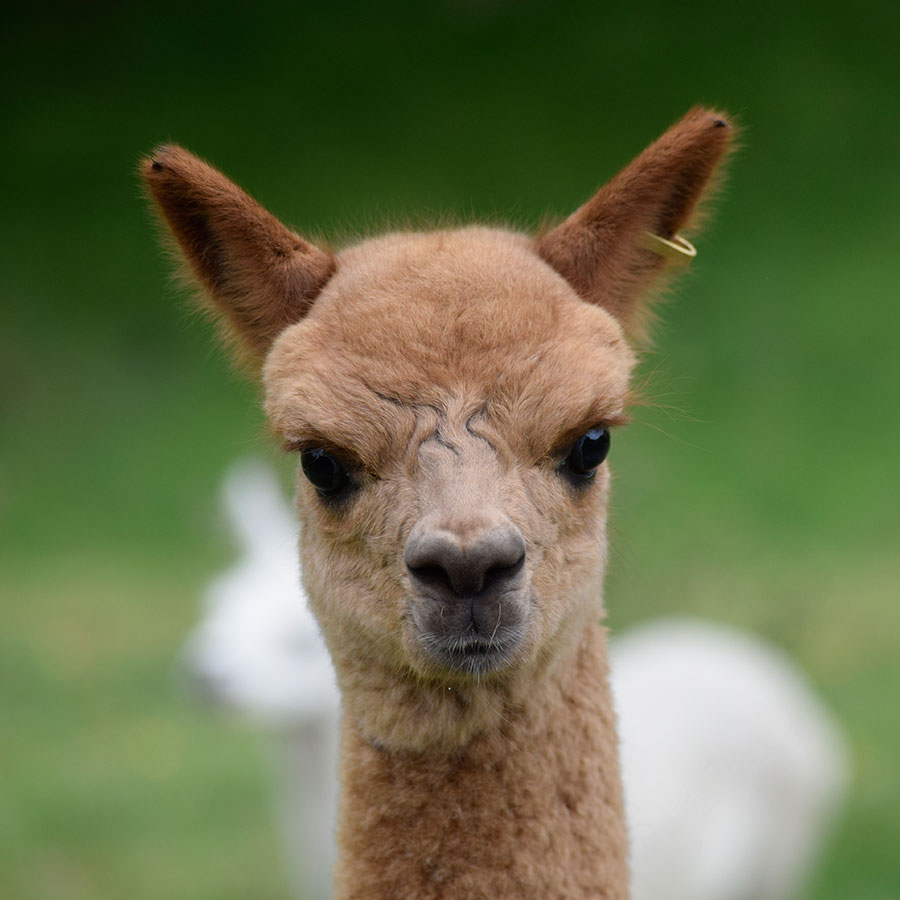
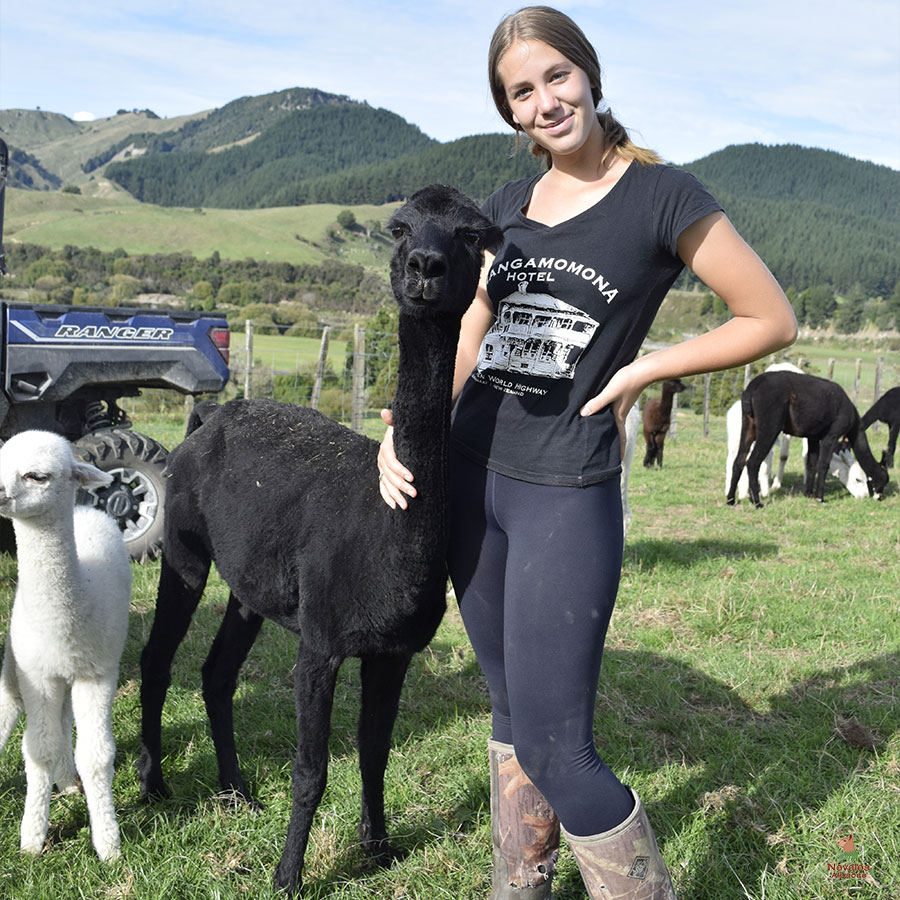
Do alpacas require water: Yes, Clean drinking water should be available in every paddock at all times. The general rule with most stock water is it must be clean enough that you would be prepared to drink it. If you are breeding alpacas, remember the cria will need to be able to reach it. Alpacas sometimes like to stand in troughs in the hotter months, so regular cleaning maybe required if your alpaca likes to do this. Algae should not be allowed to grow in the troughs as alpaca can die from the algae bloom fungus. Algae can be easily controlled with trough blocks which are inexpensive. An added bonus is that it contains zinc which is good for the skin.
What do I need to feed my alpacas: Alpaca browse on grass, plants, shrubs and trees rather than grazing the way sheep do. They eat close to the ground and will ignore longer grasses when there is short grass available. Alpaca require green and juicy matter in their diet as well as about 30% dry matter or roughage and long fibres. Without dry matter their stomachs don’t function properly and they can develop a vitamin B deficiency. Roughage may be available naturally in their paddock or it can be supplemented in the form of various types of hay (normal paddock hay is good) or chaff.
An average alpaca requires about 2kg of feed per day, including any supplementary feed. Supplementary feed would normally be given because:
-There may be a lack of certain minerals and vitamins
-An animal may need to gain condition
-It provides a daily routine which makes observation of the herd an extremely easy task, and quickly identifies any animal off their food
It eases the impact of stress (unpacking, traveling, first mating, getting pregnant, very bad weather, an illness etc) on fibre growth. During a time of stress, nutrients are required for body function and fleece comes last. This can show breakage in the staple of the fiber. With a light “maintenance” diet we can increase a bit when one of the above happens, sustaining the energy flow to all parts of the body, including any supplementary feed.
Types of Supplementary feed include:
-Pellets or nuts that are suitable for alpaca. Some brands now call their pellets “alpaca” pellets. Ask your farm centre and other breeders for advice. The green colored pellets are Lucerne based and are high in protein. The light brown pellets are based on maize and soya products and not so high in protein. In the beginning of the summer zinc maybe added to these pellets as a preventative for facial eczema. Pellets with zinc should only be given for maximal 3 months in a row, because zinc prevents take-up of copper. A good copper blood level is necessary for producing red blood cells and fertility, amongst other things.
-Chaffhage is like silage, it has some molasses in it and extra vitamins. It can be mixed with lucerne chaff and pellets. The latter is also good for alpaca with a low body score
-Oaten or Lucerne Chaff
Any additional supplements should be introduced slowly to enable the stomach to get used to this type of feed.
Extras: Remember you can kill with kindness!! Discuss with other breeders in your area what they are feeding to their alpaca and be aware the sometimes good quality hay is the only extra that is required to meet your alpaca’s dietary requirements.
Can I put my alpacas in my garden: NO, there are many poisonous plants growing in household gardens that will kill most animals, including alpacas. You also need to be careful when you remove plants from your garden that you are not placing them where your alpacas can get to them. See a list of toxic plants here. https://alpaca.org.nz/wp-content/uploads/2022/12/Toxic-Plants-Table-AANZ.pdf please note, if you are unsure ask a vet, while this is a good list, there maybe more.
What treats can I give my alpacas: Alpacas enjoy many fruits such as apples, bananas, grapes, pineapples, and watermelon. These healthy snacks are a rich source of nutrients and minerals that are usually absent from forage. Along with the high moisture content, the vitamins in fruit promote growth and development and help your alpaca mature faster. Be sure to provide fruit in small pieces and amounts to prevent any choking or health concerns. Similar to fruit, vegetables are a great supplement to provide your alpaca with additional vitamins and minerals. Alpacas will enjoy a wide variety of veggies including beets, carrots, celery, green beans, and sweet potatoes. While fruits and vegetables provide additional nutrients and health benefits, others will lead to serious health problems. Some foods that alpacas should not eat include avocados, cherries, corn, mustard vegetables, or nightshade vegetables.
What Pasture Management should I be aware of: Alpaca are susceptible to Facial Eczema along with other farm animals. It can be a killer disease that can be prevented by good pasture management and control of the destructive fungus and preventative measurements. Refer to AANZ’s information about Facial Eczema & Rye Grass Staggers for info about pasture. https://alpaca.org.nz/alpacas/health-issues/pasture-related-health/
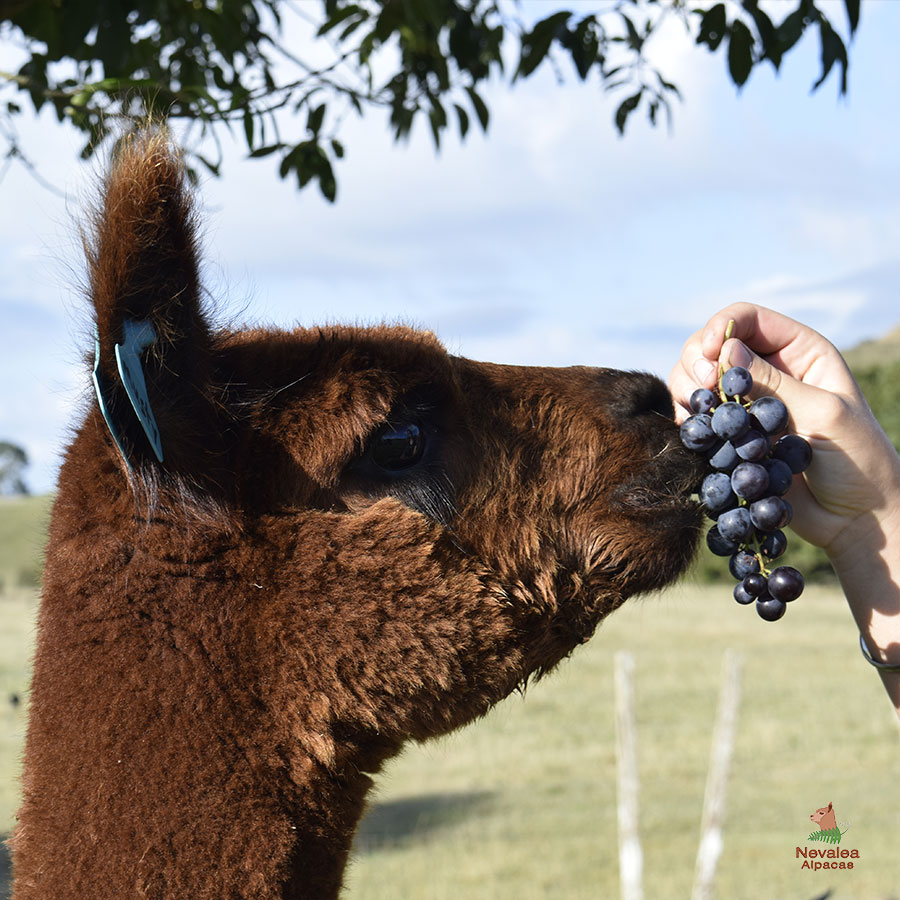
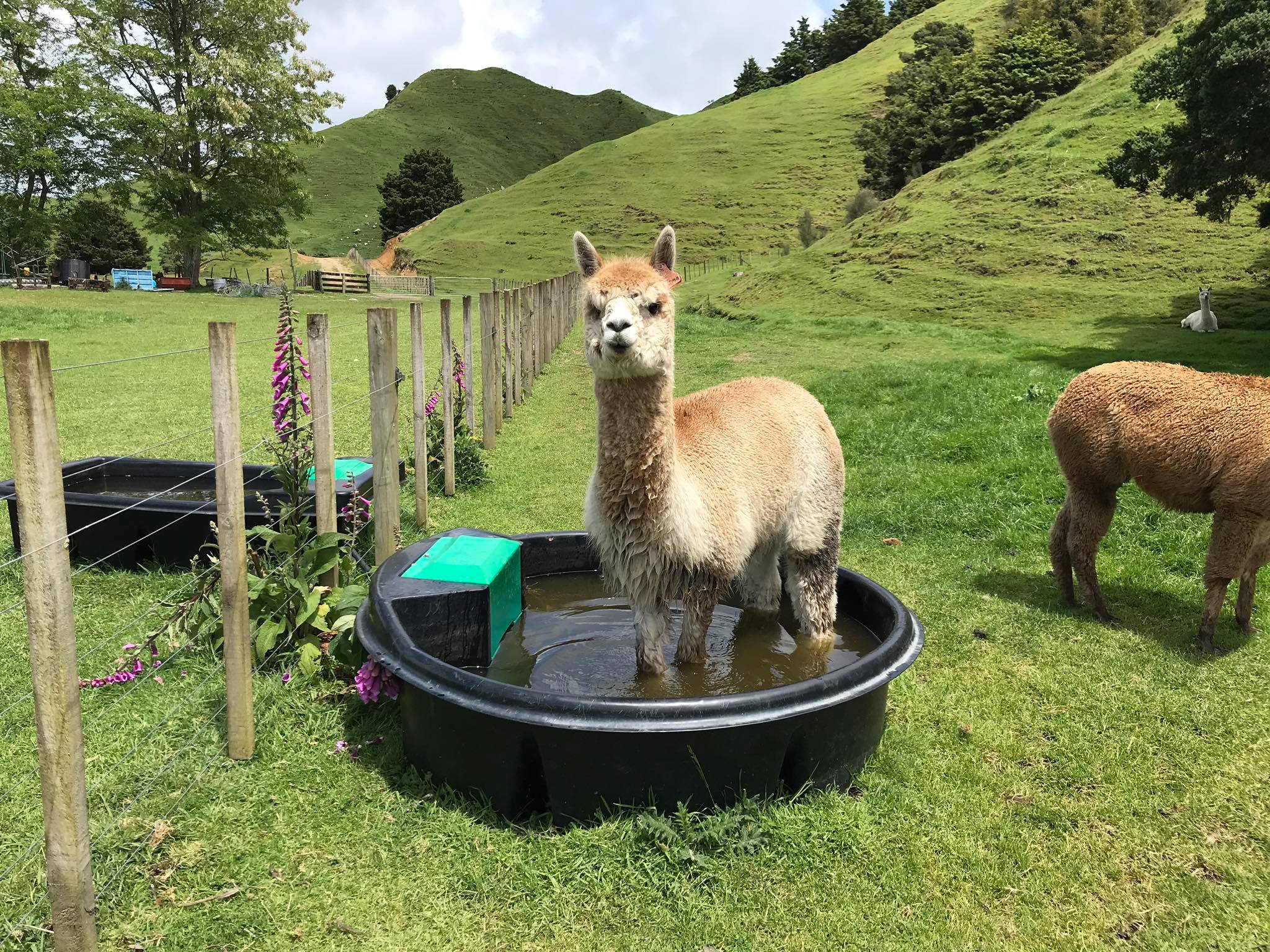
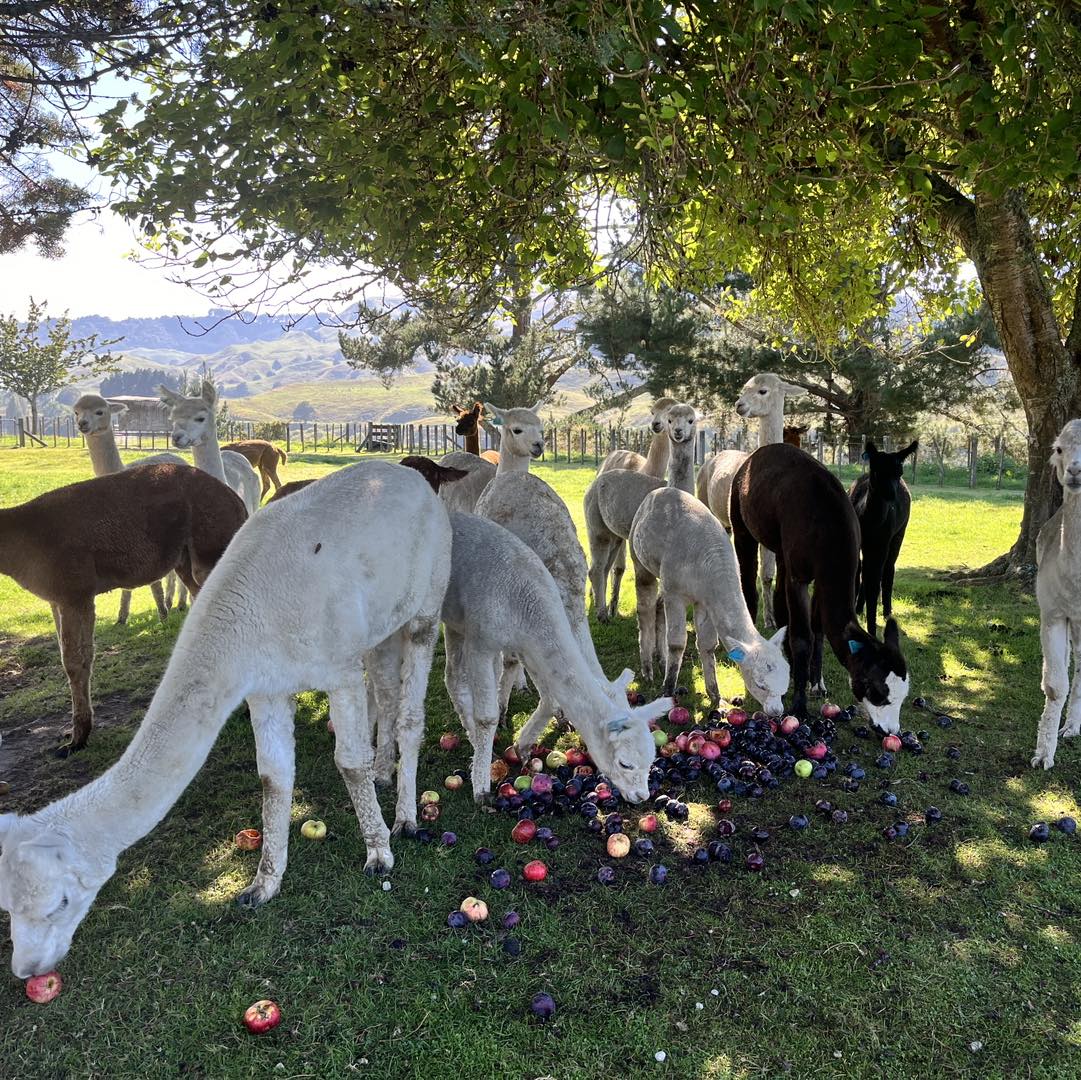
Do I need to trim the alpacas toenails: In their native habitat, alpaca wear down their constantly growing toenails on hard and stony ground. In New Zealand’s softer pastures, this does not happen and toenails must be regularly shortened. Clipping must be done on an ‘as-required’ basis rather than as a scheduled task, as each alpaca’s toenails will grow at different rates.
Use clippers with short, straight blades (not serrated) like a pair of sheep’s footrot shears. Cut the nails level with the pad of the foot. Nails which are left too long will become twisted and no amount of clipping thereafter will rectify this.
What is the general health care for an Alpaca: A healthy alpaca will be “bright eyed and bushy tailed” and observation is the key to keeping them that way. Make sure you take the time to get to know the normal behaviour of your alpaca and this will make it easier to spot when things are wrong. If you notice a normally active alpaca behaving in a lethargic manner it should cause you to look more closely at that animal, as should seeing one that is normally at the front of the queue suddenly trailing at the rear, or a sudden change in social status. Taking the time to walk through your alpaca daily will often allow you to deal with any health issues before they get out of hand. Alpaca are susceptible to internal parasites similar to sheep and goats. They can also be infected by some specific worm species. One to watch out for is Haemonchus (Barbers Pole) which causes anemia. Anemia occurs when there aren’t enough healthy red blood cells to carry oxygen around the body and to the organs. See more information see AANZ’s Internal Parasite info https://alpaca.org.nz/alpacas/general-health-care/internal-parasites/
Do I need to shear my alpacas: Yes, getting your alpaca shorn is a vital part of having alpacas. It is too hot in the summer months for alpacas to remain fully fleeced. We recommend booking in with an alpaca shearer about August, they will start planning their schedules. AANZ have a list of shearers available https://alpaca.org.nz/alpacas/general-management/shearing/
What can I do with my alpacas fleeces: Alpaca fibre is a wonderful wool and there are many things you can do with it. You can turn it into a useable product and make yourself a jersey for example or you could on sell it to others that will use it to make a product.
